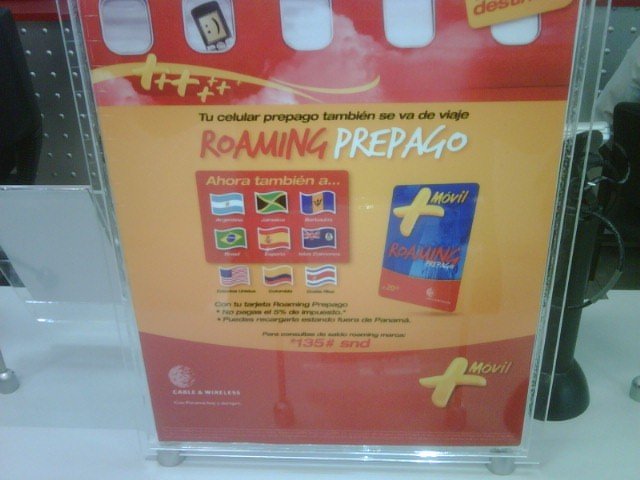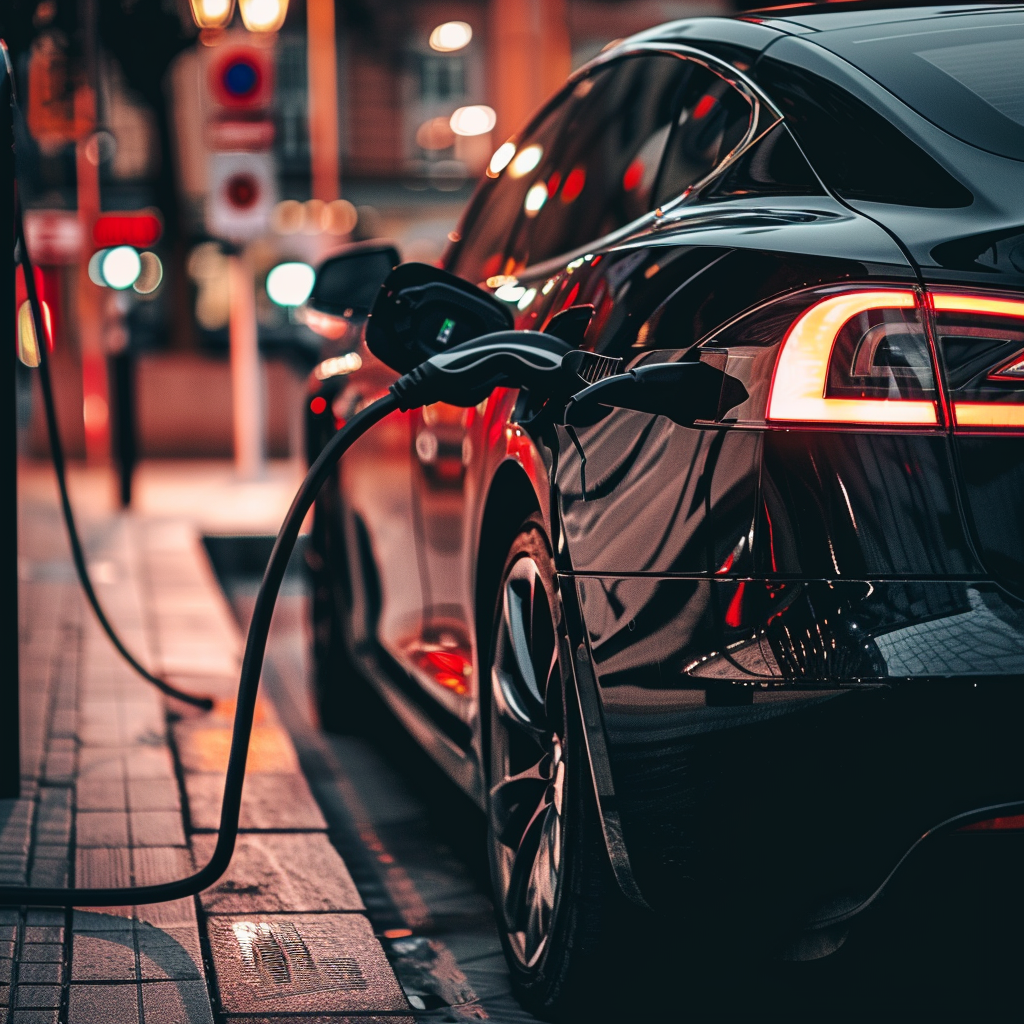Do you think your government doesn’t have the means to listen to your phone calls?
Think again.
Governments from around the world, not just exclusive to North America, have technologically advanced eavesdropping programs which can capture mobile phone conversations without anyone ever knowing. And just in case the government isn’t so technologically advanced, they coerce wireless carriers into coughing up encryption schemes (cough, cough, Russia)…
Unless you have your own two-way encryption or intricate scrambling mechanism, there is no way for you to prevent this eavesdropping. What you can do, though, is make sure the government doesn’t know who’s on the line.
Right now, there are two key data points which identify callers to snooping federal agents:
First, the wireless signal from your conversation transmits unique identification codes that link back directly to your specific wireless account… and your wireless account contains a host of personal information– name, address, social security number, and naturally, phone number.
Second, most legitimate mobile phone handsets and data devices have a special serial called an IMEI number. IMEI stands for “International Mobile Equipment Identity,” and it serves to uniquely identify a piece of wireless equipment.
In theory, the IMEI number is only associated with the equipment; in practice, though, wireless companies monitor and track who is using a particular piece of equipment… their systems are constantly matching a handset’s IMEI number to the subscriber data found on the SIM chip.
You can see your own IMEI number by pressing “*#06#” (as in star-pound-zero-six-pound) on your mobile phone. The number indicated on your screen is absolutely positively linked to your wireless account.
In other words, when you use your handset, the wireless company knows it’s you, and so does the government. Just like unencrypted email communication, mobile phone conversations are about as private as shouting something across a crowded subway station.
Personally, this bothers me on a philosophical level… not to mention that there are times when I just want to have a private conversation with somebody without having to worry about which federal agency is taking notes to put in my file.
As you could imagine, I have a solution.
Do you remember when you first signed up for your mobile phone service? In many places you have to give the company all sorts of information and identification– even for prepaid service. It’s actually quite revolting.
There are some countries, though, where buying prepaid mobile phone service doesn’t require three forms of ID, a stool sample, and a reference letter from your priest… you just walk up to the counter, give them the money, and they give you a SIM chip. Simple.
While there are several countries where you can do this (Uruguay, China, etc.), I believe that Panama poses the best solution. Here’s what you do:
The next time you find yourself in Panama, go to any shopping mall or electronics store and buy a prepaid mobile phone SIM chip– the one you want to buy is called “Mas Movil Roaming Prepago,” and it should cost you about $5.
Mas Movil Roaming Prepago is a prepaid mobile phone service that was specifically designed for use outside of Panama– it works very well in the United States, South America, Spain, France, Belgium, Ukraine, and Russia. Sorry Canadians, no service there to the best of my knowledge, eh.
Your shiny new MasMovil SIM chip will have a unique Panamanian phone number that is NOT tied to your name. The next thing you need to do is purchase a new mobile phone– there are plenty of cheap phones in Panama to choose from, many ranging from $10 to $20.
Again, this new phone will NOT be tied to your name personally. It is important that you ONLY use this phone for your Mas Movil Roaming Prepago chip, otherwise it could compromise the anonymity of your new phone’s IMEI number.
Lastly, since Mas Movil Roaming Prepago is a prepaid service, you will need to buy several top-up cards to charge the balance on your account; these top-up cards come in a variety of denominations– I would suggest an initial balance of at least $20 and recommend that you buy a few spare top-up cards to recharge your account once you’ve left Panama.
Naturally, it would behoove you to pay cash.
Now, for the price of less than $50, you have a new phone, phone number, and charged-up SIM chip, none of which are tied to your name. When you return to your home country, you will be able to call anyone you wish knowing that you are completely anonymous.
Call rates are $0.99/minute in the United States, so use sparingly.








